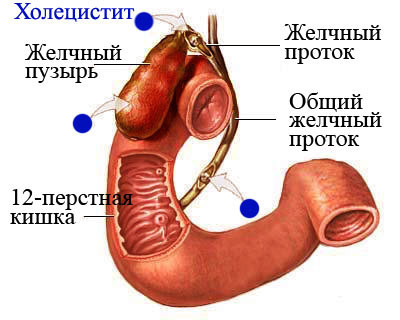UTIs are caused by bacteria (or germs) entering the urinary system, usually via the urethra (the tube through which urine passes from the bladder to outside the body).
One in two women will get a UTI in their lifetime. Nearly one in three women will have a UTI needing treatment before they are 24 years of age.
The most common type of UTI in women is cystitis (infection of the bladder).
A UTI is an infection of the urinary tract that can affect the:
- bladder (cystitis)
- urethra (urethritis)
- vagina (vaginitis)
- kidneys (pyelonephritis).
Causes of UTIs
Several factors can increase the risk of bacteria entering the urinary system, including:
| Infection from anus | The urethra in women is quite short and close to the anus, making it easier for bacteria (usually from faeces) to move up the urethra, enter the bladder and cause an infection. |
|---|---|
| Sex | Frequent sex increases the risk of bacteria being moved around the genital area and entering the urethra. |
| Menopause | The increase in UTI risk at menopause can be explained by the physical changes associated with menopause. As oestrogen levels drop, vulval tissue becomes thinner and drier, increasing the risk of irritation or abrasions that encourage infection. The urethra also becomes flatter and more easily exposed to the skin of the vulva. |
| Reduced pelvic floor strength | Reduced pelvic floor strength affects bladder function because, in some cases, the bladder does not completely empty, leaving a ‘pool’ of urine, which can lead to infection. |
Wearing a condom during sex does not cause a UTI, nor does wearing a tampon.

Who is at risk?
Women at greater risk of contracting a UTI:
- are sexually active
- are approaching menopause
- have diabetes
- have urinary incontinence.
Frequent UTIs in women need further assessment. High fever and pain in the back (kidney area) can indicate a kidney infection and this needs urgent medical treatment.
A partner is not at risk of catching a UTI if you have sex. However, the symptoms may be uncomfortable and you may not feel like having sex.
Symptoms
- Burning sensation when passing urine
- Lower abdominal pain when passing urine
- Passing urine more frequently than usual
- Passing urine before you can get to the toilet (leaking or incontinence)
- Feeling the need to urinate but not being able to, or passing only a few drops
- Feeling like your bladder is still full, even after urination
- Urine that is smelly, bloody, cloudy or darker than normal
- Fever.
Diagnosis
A urine sample is taken and examined to see if an infection is present. Your doctor may also perform a physical examination.
If you have regular UTIs, you may need other tests such as an ultrasound of your kidneys to investigate further.
Management & treatment
UTIs usually respond well to simple treatment:
| Treatment | What it does | What to do |
|---|---|---|
| Urinary alkalisers | To relieve the pain and frequency of urination |
|
| Water | To flush the urinary system | Drink 6-8 glasses (1.5-2 litres) of water per day. |
| Antibiotics | To fight the infection | See your doctor as soon as possible because the earlier you start treatment the better. |
Although UTIs are easily treated with antibiotics, they can develop into more serious kidney infections if left untreated. If your symptoms persist for more than 24 hours and include fever, chills, back pain, nausea or vomiting, you should see your doctor immediately.
The symptoms should completely resolve within a few days once a course of antibiotics has started. If this is not the case, it’s important to review as soon as possible with your doctor.
If you are pregnant and you think you have a UTI, see your doctor immediately.
How can UTIs be prevented?
- Drink plenty of water to flush out the urinary system
- Go to the toilet as soon as you feel the need, so bacteria does not have the chance to collect
- Wipe from front to back after going to the toilet to avoid transfer of bacteria from the anus to the urethra
- Go to the toilet immediately after sex to reduce the movement of bacteria into the urethra, and drink plenty of water so that you need to go again in a few hours
- Some studies suggest that drinking cranberry juice or using cranberry products may offer some protection against UTI symptoms; however, conclusions from studies vary
- DO NOT use douches or vaginal deodorants, as these can irritate or create an unhealthy vaginal bacterial imbalance
- In postmenopausal women, the use of vaginal oestrogen cream, pessaries or tablets has been shown to reduce the risk of recurrent urinary infections. The vaginal oestrogen works by improving the blood flow in the pelvis and improving the skin of the vagina, but also the lining of the urethra and part of the inside bladder wall.
Your doctor may recommend other treatments for you, such as long-term antibiotics. Talk to your doctor about treatment options to suit you.




I抣l right away clutch your rss feed as I can’t find your e-mail subscription link or e-newsletter service. Do you have any? Kindly permit me realize in order that I may subscribe. Thanks.